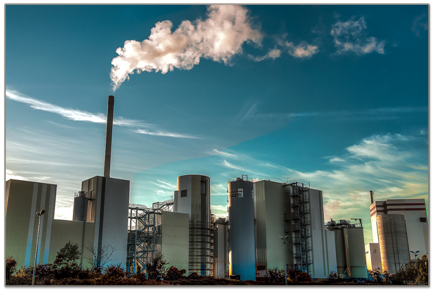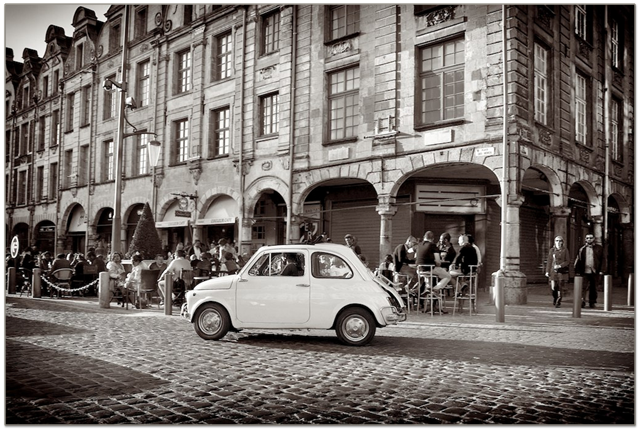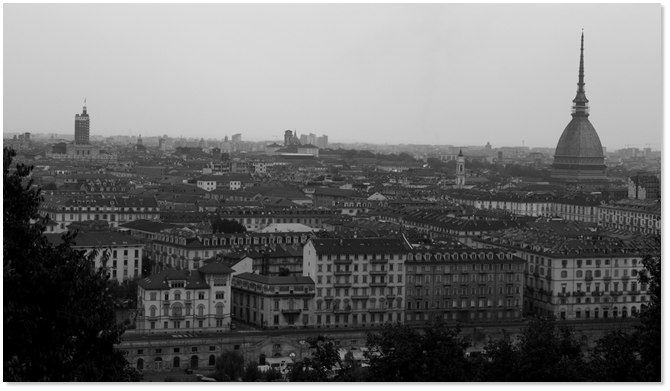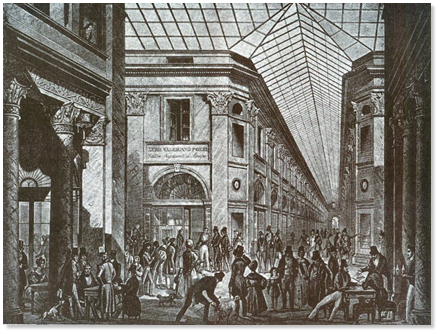Italian group
Members:
Mario Di Matteo
Linda Fasoli
Ilaria Catapano
MIGRATION FLOWS IN 1956-1965
In this decade, a fast and impetuous industrial development changed Italian lifestyle, population’s habits, cities’ appearance and the landscape. This was called a “miracle” because nobody had forecasted a similar development, despite the undoubted resilience shown by the Italian economy in the postwar years.
This period is also called “economic boom”. Boom is an English word which means a considerable economic development.
In 1950s, industrial production had overcome, for the first time since the war, the levels reached in 1938
Multiple factors were the basis of the "economic miracle":
- A wide availability of labor: it was high both the number of unemployed and the number of emigrants from the South that could be absorbed by the industry;
- The relatively low wages, which therefore accounted little on the cost of the finished product;
- Low prices of raw materials, which Italy needed;
- The adoption of advanced techniques "copied" by other countries that had first developed and tested, thus supporting the cost of research.
It must be added the impetus given to the development by the desire of people to achieve the well-being, leaving behind the difficult years of war.

The most dynamic sectors were the metal industry, the mechanical and the chemical ones.
The products of these industries, good quality and competitive prices were exported on a massive scale.
The revolutionary novelty of the industrial development of these years was the spread of the so called "consumer durables" meant for a mass society: cars, motorcycles, household appliances.
The factories of our northern cities attracted millions of people from the South or from the countryside, whose inclusion was not easy, also because it lacked an adequate plan for infrastructure (social services, schools, social housing) for the growing population.
In the cities they began the problems due to traffic. The landscape also changed for the construction of highways, whose plan was launched by the government in 1956-'57.

An industrial production of these dimensions had to be sustained by the availability of energy sources. Gradually the coal was replaced by oil and natural gas.
The decisive factor was the intervention of the State through the ENI (National Hydrocarbons Agency), established in 1953, with the task of promoting and conducting research in the hydrocarbons sector.
They were discovered and exploited important oil fields in Sicily, in Gela and Ragusa, and the extraction of oil passed, between 1952 and 1961, even from 18,000 to nearly 7 million tons.
The actual mechanical industry boom was made possible by the development of steel production: between 1956 and 1959 the steel industry received such an impulse that Italy, from an importing country, became a net exporter, climbing to 'eighth place among the producers in the international ranking.
This remarkable development was also possible thanks to the intervention of the state which intervened with Keynesian economic policies mainly through the increase in public spending and the creation of state-owned companies. Finally, an external factor contributed to the growth of Italy, ie, the creation of the European Common Market (ECM), preceded by the creation, in 1951, of the European Coal and Steel Community and the creation of the EEC in 1957, to which Italy joined immediately.
 With the creation of the MEC there was the opening of European borders to commerce, with the consequent increase in exports of European trade.
With the creation of the MEC there was the opening of European borders to commerce, with the consequent increase in exports of European trade.
Migration flows in Italy in this decade of the economic miracle are mostly internal.

Especially between the years '55 -'63, there was a significant flow of people to the cities of central and northern Italy, particularly to the cities of Milan, Turin and Genoa, the so-called "industrial triangle." Severe conditions of life and work in the south forced the men to get out of a land that seemed grim. The phenomenon was not limited to the south but also involved some northern areas. The Italian emigration from 1861 to 1970, involved all over the territory of a total of over 27 million citizens
From 1958 to 1963 Italy "exported" to European countries over a million and a half immigrants, including about 2/3 come from the South.
In 1955 the Italian state signed a pact of emigration to Germany with whom it guaranteed the mutual commitment on Migration and brought nearly three million Italians to cross the border in search of work. Nowadays there are in Germany about 650,000 Italian citizens to the fourth generation and more than 500,000 in Switzerland.
https://www.flickr.com/photos/36372149@N00/5163873221/in/photolist-8SjcAV-owyzYK-76MVFt-9pMpA3-4Tid1y-hDXGnj-hEEFFW-hDWQpT-6NhdJC-hEEkbQ-hEEAkB-hEFJZr-76MWvc-hEFeuK-ouNSLZ-78edr1-ouM3B1-5RuUnE-hEEQKY-hEEZUE-hDYew1-77VQrp-odk3Yg-hEDDEK-hEEdwC-9sduKu-bktRLZ-hDXSsj-osLNju-ouwaJr-78e6F9-hEENoW-drVtSy-odixQa-6dxwyH-4YDWBE-hEEksk-odizYs-ouNCNt-ouAwN5-dmVxQb-HFRVm-e4bxsb-BkPknk-ofMzu2-71M1Hg-56h1xF-oxdp7N-hDZ4TR-4HHy3x
https://www.flickr.com/photos/vigathekiller/6276690761/in/photolist-ayDFue-rmdSou-fz2XxR-AhchCF-nqySvs-aJAVwB-qAhHF7-hZL9v3-dq3jGY-qtJW2Z-7QsZqu-ay4yeG-qsT6im-4VidRc-9wTZA6-AgcTSt-zjiDQM-eex4Tf-ca4hjo-hDXbni-9qVNYd-cJMR3f-hEEwyC-644TmS-hDzEf4-6v3uvc-czW6m9-hDzKPv-7aJ4rA-bqZnF6-6GGsZo-zYGurD-5oefr5-aTBSte-djxJoW-87r8u1-zYzLxS-4K6zsx-bQhF4g-754WUQ-qvp5Hw-qTGR6u-6S3cxn-hDzuAK-hDyau2-bKy5F-hEDB7Z-9qUgS4-ot8Asb-owhdxw
https://www.flickr.com/photos/storem/237023004/in/photolist-mWNFw-dTp5SH-azLR2g-2NDsq7-awAZn-azLQHz-awBxd-c1j44-awzXV-4NQcK1-6eLpin-4NKXV8-c1jDR-c1c5n-awB2L-c1jXs-azLQPV-c1k94-6eQx4s-75eQVk-6eQukN-GQU6Q-azPvfG-c1kEW-5z3shi-c1jm2-c1jmW-awzWP-c1iY8-c1jk2-awBdH-c1jYm-awB1m-awAU2-awAKE-awAV4-c1k8s-c1kFC-c1jF1-awzuA-c4ooE5-6fMzb7-awztv-awzvN-c1jVj-c1j5r-awADE-awARr-awA6H-4Zs6US
https://www.flickr.com/photos/guenni65/8048698475/in/photolist-dgeFDn-93nfS-bygWXy-oVpd4K-fG1EKn-gsq5Xr-SNdGQ2-nM1Fqg-5z5pcz-fQej44-QHHFhh-7q5FWx-5yL2kf-vjyAMp-Dk6uUn-jCe8oV-qXhsKF-q8Awh4-91m9ea-SEi9Fr-RBCnPF-D5X7H2-wgqHLx-CtrdKV-D7Rcvh-cyQF3h-pF23AQ-6yHCwy-aUqyEz-ostU3z-4tgLDk-56jRUV-J8UCD-94jqhE-947Ab7-K87W5-oQSNww-9zSaTT-9kwBGr-iQQ7AP-CnKxC-6gjdLP-p2u1pP-dfo9iq-6JyvNm-SzYsee-Di1Yu1-SD3Eiu-BpKaJY-5Xvw26
